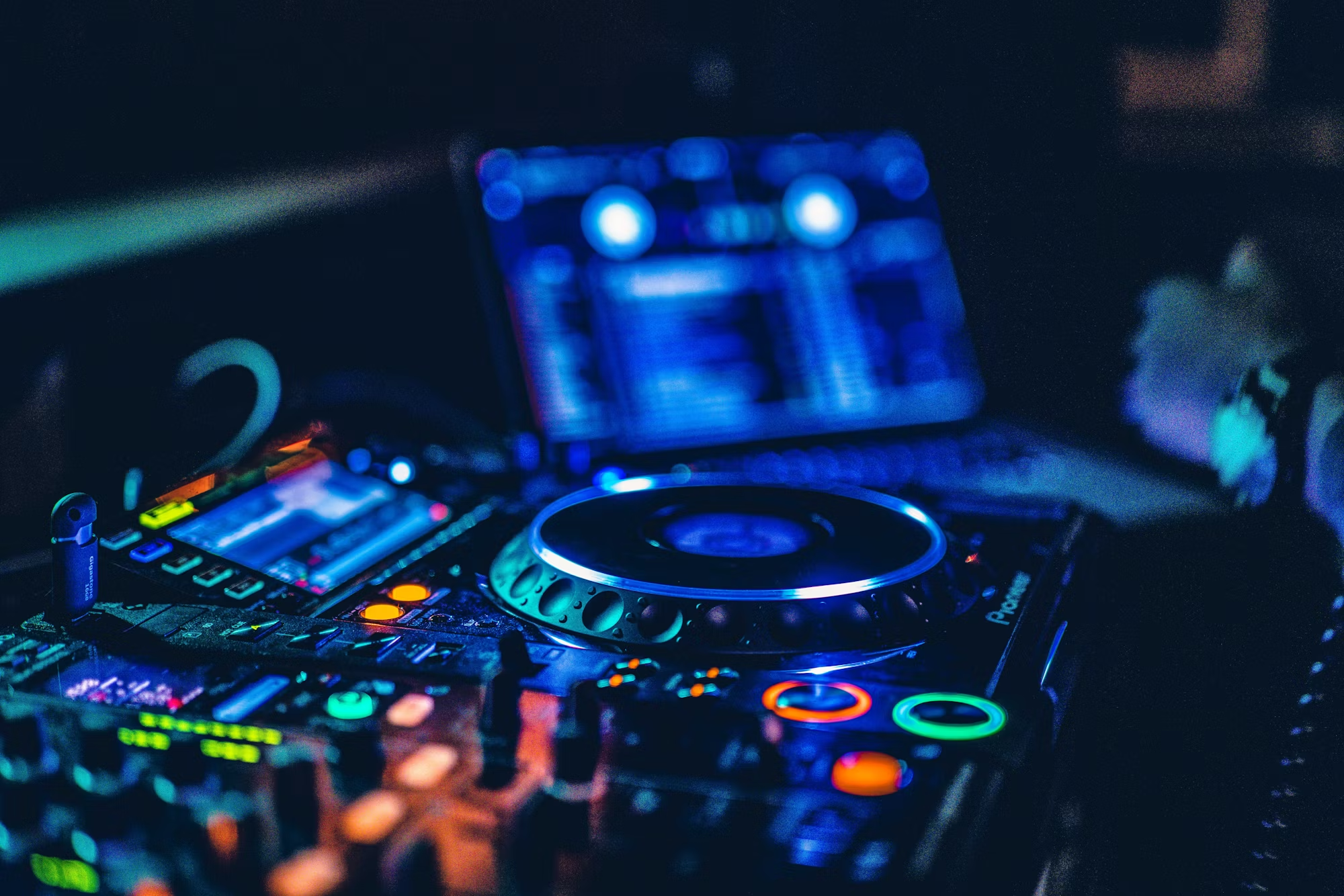Techno music, with its pulsating rhythms and futuristic soundscapes, has become a cornerstone of electronic dance music since its inception in the late 1980s. Emerging from the industrial landscapes of Detroit, techno represents more than just a genre; it is a cultural movement that embodies innovation and creativity. This article explores the origins of techno, its various subgenres, and the profound influence it has had on music and culture around the world.
The roots of techno can be traced back to the early 1980s in Detroit, where a group of pioneering musicians sought to create a new sound that would reflect the changing dynamics of their city. Artists like Juan Atkins, Derrick May, and Kevin Saunderson, known collectively as the “Belleville Three,” were instrumental in shaping the genre. They combined elements of electronic music with influences from funk, disco, and Chicago house, creating a unique sound that would resonate with listeners and inspire future generations.
One of the defining characteristics of techno is its reliance on repetitive beats and synthesized sounds. This minimalistic approach allows DJs and producers to create hypnotic rhythms that encourage movement on the dance floor. Unlike other genres, where vocals often take center stage, techno emphasizes the importance of the instrumental experience. The use of synthesizers, drum machines, and sequencers creates a rich tapestry of sound that evolves over time, drawing listeners deeper into the music.
As techno began to gain traction, various subgenres emerged, each with its unique style and sound. Detroit techno, the original form, is known for its emotive melodies and complex arrangements. Pioneers like Carl Craig and Moodymann have continued to push the boundaries of this subgenre, incorporating elements of jazz and soul to create a distinct sound that reflects the city’s rich musical heritage.
In contrast, minimal techno emerged in the 1990s as a response to the increasing complexity of techno. Artists like Richie Hawtin and Ricardo Villalobos embraced a stripped-down approach, focusing on the essence of sound and rhythm. Minimal techno is characterized by its sparse arrangements and subtle changes, creating an immersive experience that captivates audiences.
Another significant subgenre is tech house, which blends elements of techno and house music. This fusion has gained immense popularity in recent years, with artists like Solardo and Fisher achieving widespread recognition. Tech house combines the groovy basslines of house with the hypnotic elements of techno, resulting in a danceable sound that appeals to a wide range of listeners.
As techno continued to evolve, it found its way into underground scenes across Europe, particularly in cities like Berlin, which became a hub for the genre. The famous Berghain club, known for its strict door policy and incredible sound system, has become a mecca for techno enthusiasts. The Berlin techno scene emphasizes the importance of community and inclusivity, where people from diverse backgrounds come together to celebrate music and freedom.
The impact of techno extends beyond the dance floor. It has influenced fashion, art, and even technology. The visual aesthetic associated with techno culture often features bold graphics, neon colors, and futuristic themes. Artists and designers draw inspiration from the genre’s emphasis on innovation, creating pieces that reflect the dynamic energy of techno music.
Moreover, the rise of digital technology has revolutionized the way techno music is produced and consumed. Software like Ableton Live and FL Studio has made music production more accessible, allowing aspiring producers to create professional-sounding tracks from their homes. This democratization of music creation has led to an explosion of new talent and diverse sounds within the techno community.
Techno music has also found a place in mainstream culture, with festivals such as Tomorrowland and Movement drawing massive crowds and featuring top-tier techno acts. These events showcase the genre’s ability to captivate audiences, drawing people together in a celebration of sound and movement. The festival atmosphere creates a sense of unity, where attendees lose themselves in the music, forming connections with others in the process.
In addition to its cultural impact, techno has been recognized for its contributions to mental health and well-being. Many fans report that dancing to techno provides a sense of release and freedom, allowing them to escape the stresses of everyday life. The rhythmic beats and immersive soundscapes create a meditative experience, fostering a sense of community and belonging among listeners.
As we look to the future, techno music continues to evolve, with new artists and subgenres emerging regularly. The rise of virtual reality and immersive experiences presents exciting opportunities for the genre. Artists are experimenting with new technologies to create unique performances that engage audiences in innovative ways. This intersection of technology and music promises to shape the future of techno, ensuring its relevance in an ever-changing landscape.
In conclusion, techno music represents a powerful cultural movement that has transcended its origins to become a global phenomenon. Its distinctive sound, innovative spirit, and emphasis on community have made it a driving force in electronic music. As techno continues to evolve and adapt, it will undoubtedly inspire future generations of musicians and fans, maintaining its status as a cornerstone of the electronic music scene.





